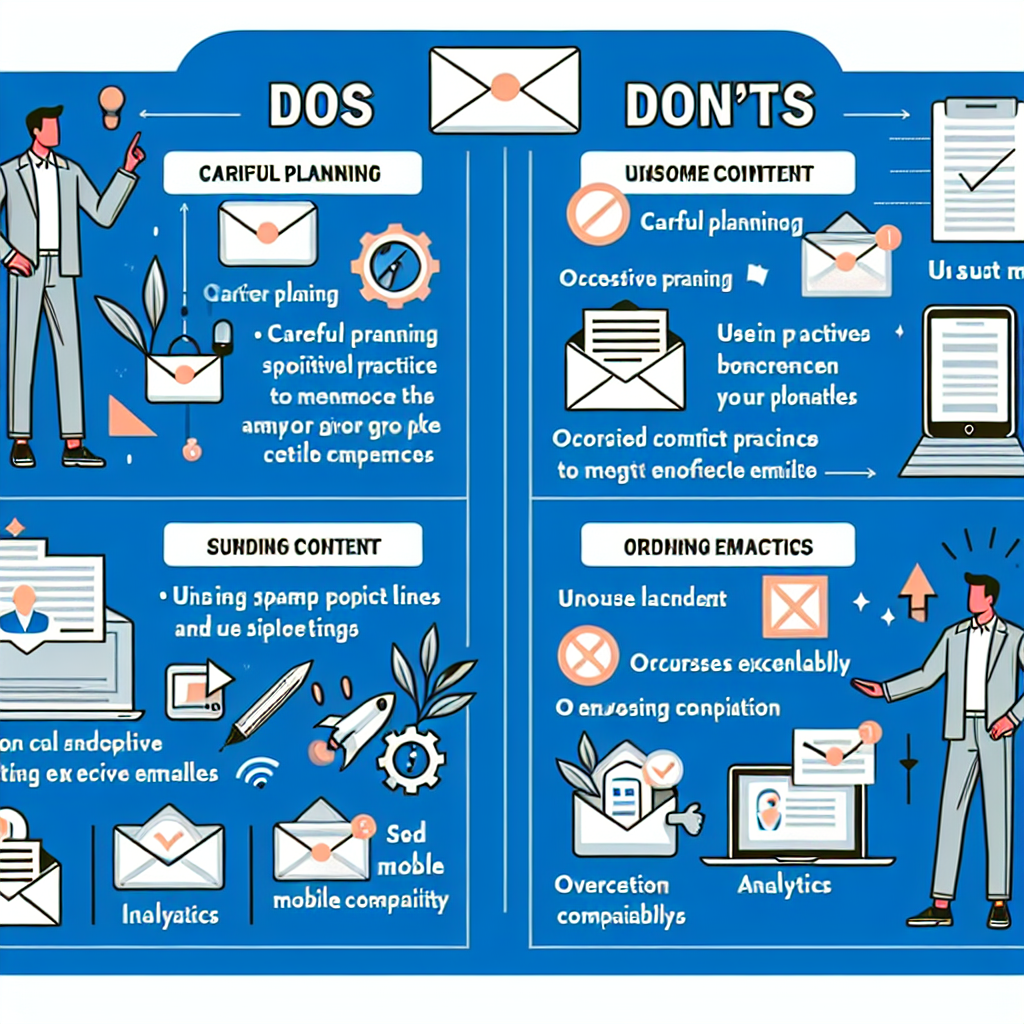The Role of Drip Campaigns in Modern Marketing
In the ever-evolving world of digital marketing, staying ahead of the curve is crucial. One such strategy that has proven to be effective time and again is the drip campaign.
This method involves sending out a series of pre-written emails to prospects or customers over a set period. But why are drip campaigns so essential in modern marketing?
In this blog post, we’ll delve into the role of drip campaigns, their benefits, and how you can implement them in your marketing strategy.
What is a Drip Campaign?
A drip campaign, also known as an automated email campaign, is a communication strategy that sends, or “drips,” a pre-written set of messages to customers or prospects over time.
The emails are triggered based on specific actions or timelines, making it a highly personalized and targeted form of marketing.
The Benefits of Drip Campaigns
Drip campaigns offer several advantages that make them a valuable tool in modern marketing. Below are some of the key benefits:
1. Increased Engagement
Email marketing has an average open rate of 22.86% and a click-through rate of 3.71%, according to a report by Mailchimp. However, drip campaigns can significantly improve these metrics by delivering relevant content to subscribers at the right time. This increases the likelihood of engagement.
2. Automation Saves Time
Once set up, drip campaigns run automatically, saving you valuable time. This allows your marketing team to focus on other essential tasks while the drip campaign nurtures leads and drives conversions.
3. Personalized Customer Journey
Drip campaigns can be tailored to the customer’s journey, delivering content that addresses their specific needs and interests. This personalized approach can lead to higher customer satisfaction and loyalty.
4. Better Conversion Rates
According to a study by Forrester, companies that excel at lead nurturing generate 50% more sales-ready leads at a 33% lower cost. Drip campaigns nurture leads effectively, guiding them through the sales funnel and ultimately improving conversion rates.
Types of Drip Campaigns
There are various types of drip campaigns, each serving a specific purpose. Here are some common types:
Welcome Drip Campaigns
These campaigns are triggered when a new subscriber joins your email list. The goal is to introduce your brand, set expectations, and build a relationship with the subscriber.
Onboarding Drip Campaigns
Onboarding campaigns are designed to help new customers get the most out of your product or service. These emails provide tutorials, tips, and resources to ensure a smooth onboarding process.
Nurturing Drip Campaigns
Nurturing campaigns aim to keep leads engaged by providing valuable content over time. The goal is to move leads closer to making a purchase decision.
Re-Engagement Drip Campaigns
These campaigns target inactive subscribers or customers. The objective is to rekindle their interest and re-engage them with your brand.
How to Create an Effective Drip Campaign
Creating a successful drip campaign involves several steps. Here’s a comprehensive guide to help you get started:
Step 1: Define Your Goals
Before you start, it’s essential to define the objectives of your drip campaign. Are you aiming to nurture leads, onboard new customers, or re-engage inactive subscribers? Clearly defined goals will guide your campaign strategy.
Step 2: Segment Your Audience
Segmentation is crucial for delivering personalized content. Divide your email list into segments based on demographics, behavior, and other relevant criteria. This ensures that each subscriber receives content tailored to their needs.
Step 3: Create Valuable Content
Content is the backbone of your drip campaign. Ensure that each email provides value to the recipient. Whether it’s educational content, product updates, or exclusive offers, valuable content keeps subscribers engaged.
Step 4: Set Up Automation
Use email marketing software to set up automation workflows. Define triggers for each email, such as a subscriber’s action or a specific date. Automation ensures timely delivery of your emails.
Step 5: Monitor and Optimize
Regularly monitor the performance of your drip campaign. Track metrics such as open rates, click-through rates, and conversions. Use this data to optimize your campaign for better results.
Real-World Examples of Successful Drip Campaigns
To illustrate the effectiveness of drip campaigns, let’s look at some real-world examples:
1. Netflix
Netflix uses drip campaigns to onboard new subscribers. The emails provide tips on how to get the most out of the platform, such as creating profiles, exploring genres, and using features like “Continue Watching.” This helps new users become familiar with the service quickly.
2. HubSpot
HubSpot’s nurturing campaigns are designed to educate leads about inbound marketing. The emails offer valuable resources such as eBooks, webinars, and blog posts. This positions HubSpot as an industry expert and moves leads closer to making a purchase decision.
3. Grammarly
Grammarly uses re-engagement campaigns to win back inactive users. The emails highlight new features, share success stories, and offer discounts. This approach helps re-engage users and encourages them to return to the platform.
Actionable Tips for Successful Drip Campaigns
To ensure the success of your drip campaigns, consider the following actionable tips:
Personalize Your Emails
Use the subscriber’s name and tailor the content to their interests and behavior. Personalization can significantly improve engagement rates.
Test and Optimize
Regularly test different elements of your emails, such as subject lines, content, and CTAs. Use A/B testing to identify what works best and optimize accordingly.
Keep Emails Concise
People are often inundated with emails, so keep your messages concise and to the point. Use clear and compelling CTAs to drive action.
Use Eye-Catching Design
Visual appeal matters. Use eye-catching designs, images, and videos to make your emails more engaging. Ensure that the design is mobile-friendly, as a significant portion of emails are opened on mobile devices.
Provide Value
Every email should provide value to the recipient. Whether it’s educational content, special offers, or product updates, valuable content keeps subscribers engaged and loyal.
Conclusion
In conclusion, drip campaigns play a vital role in modern marketing. They offer numerous benefits, including increased engagement, time savings, personalized customer journeys, and better conversion rates.
By understanding the different types of drip campaigns and following best practices, you can create effective campaigns that nurture leads, onboard new customers, and re-engage inactive subscribers.
Start leveraging the power of drip campaigns today to take your marketing strategy to the next level.


